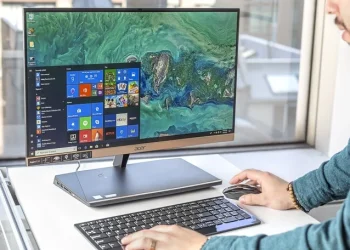In a unique fusion of engineering and culinary science, researchers in Switzerland are developing robots that are both edible and fully functional. Yes, when these robots reach the end of their lives, you would be able to eat them. Together with colleagues from other universities, scientists from École Spéciale de Lausanne have taken on the seemingly impossible challenge. Their advantages? They can monitor health, administer meals and medications, and drastically cut down on technological waste.
Scientists want to replace mechanical parts with edible ones through the RoboFood project. For example, chocolate can be used to shield it from moisture, rice cookies can be used to make foam, and rubber can be utilized in place of gelatin.
Though development has been sluggish, the accomplishments are astounding. 2017 saw the development of an edible gripper by researchers. They succeeded in creating a drone with rice cookie wings in 2022. Using quercetin and riboflavin, researchers created an edible battery last year.
The head of EPFL’s Laboratory of Intelligent Systems and lead author of the recently published RoboFood perspective in Nature Review Materials, Dario Floreano, described the challenge of fusing robots with food as exciting.
Miniaturizing and reducing components is the challenge. Second, increasing these robots’ longevity is crucial since their usefulness could be significantly limited in their absence.
One last problem for the scientists to solve is how to make the robot taste good.
How people and the animals they live with will respond to these edible, reacting robots is an additional question. Combining components that require electricity for operation with those that move through fluids and pressure is another major problem.








